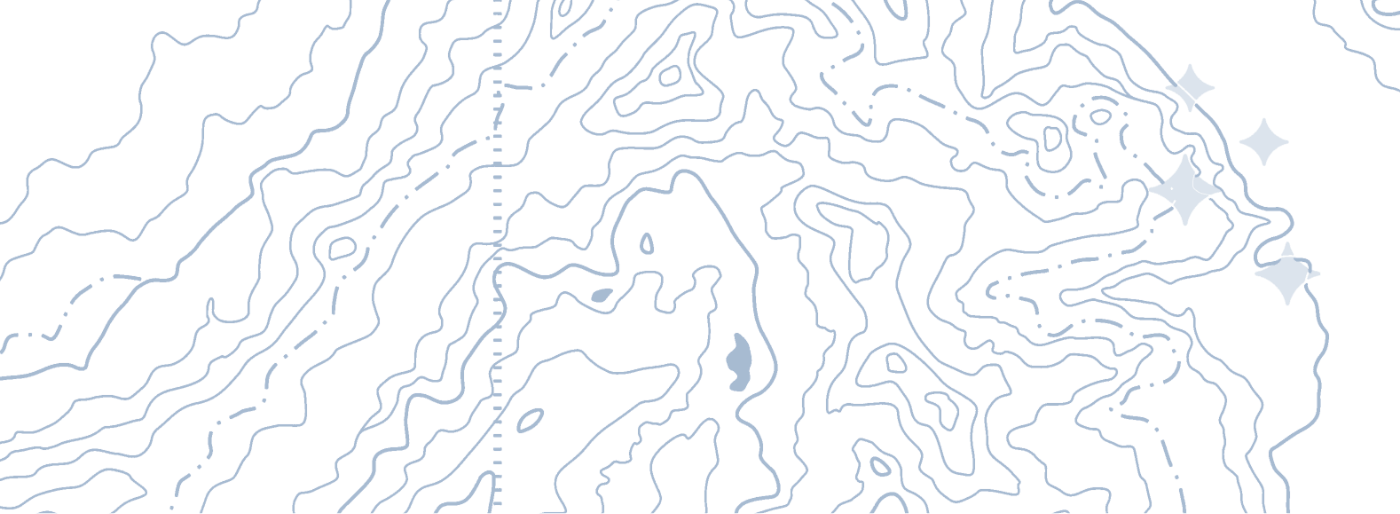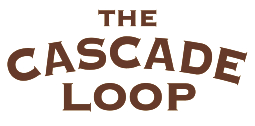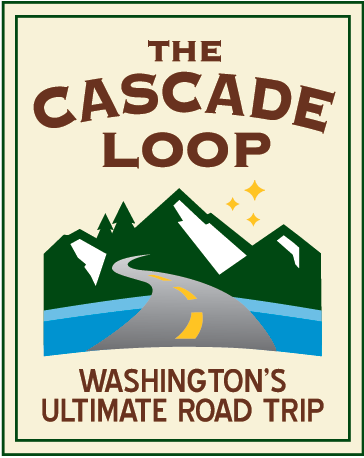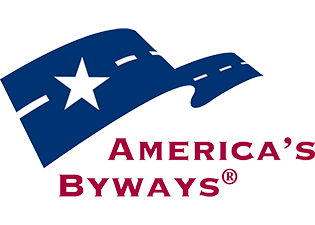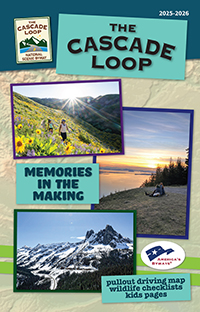Native American Heritage
Since time immemorial, Coast Salish and Columbia Plateau tribes and bands have lived throughout the regions that the Cascade Loop now connects. For thousands of years and up until a few hundred years ago, Native Americans were the only humans living in the area we now call Washington. Two primary cultural groups were geographically divided by the Cascades—the Coast Salish or coastal tribes living west of the mountains, near Puget Sound and the Pacific Ocean, and the Plateau tribes living inland, east of the mountains on the Columbia Plateau.
Coastal Salish Tribes

First Peoples of Skykomish in Sultan c/o Skykomish Valley Museum
In pre-historic and historic times, coastal tribes lived in permanent villages near the rivers and along marine shorelines and were organized into many tribes, each typically having a few hundred members.
Ancestors of the coastal peoples in proximity to the Cascade Loop are now part of the Samish, Swinomish, Lower Skagit, Upper Skagit, Stillaguamish, Tulalip, and Sauk-Suiattle Tribes. The term “Salish” refers to a cultural or ethnographic designation of peoples who spoke one of the Coast Salish languages, encompassing many different tribes and bands.
The climate west of the Cascades, with mild temperatures and abundant sources of food from the marine waters, rivers, and forests created an ideal living environment. In pre-historic and historic times, coastal tribes often were separated from each other by dense forests, mountains, and water ways. They typically lived in small, isolated villages and had minimal contact with others. Each tribe represented several families or villages located in proximity. The tribal leader was the chief and the shaman or medicine man was the spiritual leader and healer. Tribal history, legends, and beliefs were passed orally from generation to generation and also incorporated into traditional songs, chants, dances, totem poles, pictorial drawings, and works of art. Salish art, which often depicts animal spirits, is famous for its distinctive character. The coastal tribes designed colorful blankets, ceremonial clothing, and masks, which were worn for celebrations (such as potlatches and marriage and burial ceremonies), as well as goods such as canoes and other timber products in Salish art motifs.

At Left: Pilchuck Julia of the Pilchuck Tribe c/o Everett Public Library
Coastal tribes used local materials for clothing and utensils, such as shredded cedar bark, animal skins/leathers, and grasses. They would carve bowls from wood and stone and would frequently wear cedar bark capes, skirts, and ponchos. When the weather turned cool with more rain they would wear layers and often added blankets and robes to their wardrobe. Cone-shaped hats were favored to keep heads dry and protective mats made from reeds, moss, cattails and other materials also helped to keep the ground dry during the wet winters. Food sources were abundant, including salmon, otter, seal, whale, razor clams, oysters, smelt, abalone, halibut, cod, shellfish, crabs, and many other types of seafood, as well as trout and other fish from rivers and streams of the Cascade foothills. The sufficient food and water allowed coastal tribes to build permanent homes and villages near either saltwater or freshwater. Coastal tribes also ate meat from sea and land mammals (deer, elk, bear, sheep and mountain goats), waterfowl, and berries and wild fruit from the uplands. They used smoke houses, open pit fires and heated rocks to cook, and they often baked or smoked salmon and steamed clams. Salmon was the coastal peoples’ most important food source.
Many coastal tribes lived in large longhouses, permanent structures made from cedar logs and planks, or in smaller plank houses. Longhouses were typically 40 to 100 feet long and 20 to 30 feet wide with shed-like roofs, no windows, few doors, and a small opening in the ceiling to let out the smoke. Several related families would share the same longhouse with several longhouses or other house forms existing in a village. Woven mats or cattails were used to cover the shelters.
Coastal peoples typically walked or canoed when traveling. Even after the Spanish introduced the horse in North America, the coast tribes would rarely ride horses and preferred travel by dugout canoe. Coastal Native Americans were excellent canoe makers, dedicating months of hard labor and careful craftsmanship to each one. A tall cedar tree was selected and cut to a desired length then bark and limbs were removed.
An adze or ax was used to sculpt out the wood and often the inside of the canoe would be burned out. After shaping the canoe with braces and smoothing the outside surface, decorative paints would be applied and the bow would be carved in a distinctive form to represent a particular group. Dugout canoes were made in all sizes with some over 30 feet long and were used to transport people, hunt and fish, and haul goods and supplies.
Coastal tribes had differing rituals and ceremonies related to puberty, marriage, and burial. Some tribal elders would send youth into the wilderness upon reaching puberty, called the “Spirit Dance” by some. After fasting, boys around 15 years old typically would walk alone to find and meet with the spirits. Marriage ceremonies were very different among tribes. Sometimes an elaborate potlatch ceremony was held. The Potlatch (Chinook word meaning “to give”) brought relatives and guests together. Potlatch hosts would lavishly distribute gifts to show generosity and display wealth.
Columbia Plateau Tribes
Plateau tribes east of the mountains were larger with hundreds of members, but organized into fewer tribes or groups. A single tribe could have control over large expanses of land. Many of the ancestors of the Plateau peoples in proximity to the Cascade Loop are now part of the Colville Confederated Tribes. The Yakama, Nez Perce, and Wanapum are other tribes of the Columbia Plateau.

In pre-historic and historic times, these interior groups were more likely to live in seasonal villages because food was less abundant, and they traveled seasonally to hunt and fish and sometimes would compete with each other for control of these areas. Located between the Cascades and the Rocky Mountains the Plateau’s more extreme temperatures created a harsh environment for the Native Americans, with windy, snowy, and cold winters, and hot and dry summers. Plateau tribes often had to travel to find water and food, and as such were semi-nomadic or nomadic.
Plateau tribes lived within a group social structure, where they worked together to bring the necessities of life to the people such as shelter, food, water, and security. Family members shared food, transportation, and homes. Men typically fished and hunted, while women were responsible for digging roots, gathering fruits and berries, preparing food, and making clothing. Tribal organizations included chiefs, tribal councils, and a council of elders. It was the responsibility of each tribal chief to maintain peace among the tribe and provide security from attacks. The chief served as judge in disputes, hosted guests, and often led the process of trading for food, goods, and grazing areas for livestock. During wartimes, the chief also served as the military leader. Larger tribes had several chiefs, each with different responsibilities.
Clothing was made from animal skins, furs, hair, and also from grasses and rushes. Thick leather moccasins and leather leggings were worn to protect legs and feet from the various thorny plants of the Plateau. Females made and wore decorative dresses, typically from hides and animal skins with beads and shells as decoration. They also made elaborate headdresses from feathers as well as colorful blankets and robes, which often were worn during tribal ceremonies, special celebrations and at times of war. Jewelry was crafted from beads, shells, stones, bones, copper, bear claws, feathers, and other materials into necklaces, earrings, nose rings, and other decorations.
Food and water were often scarce and difficult to find, which contributed to the need to travel throughout each season for hunting and fishing. They would hunt deer, elk, horses, rabbits, mountain goats, sheep, beaver, buffalo, dogs, snakes, and other meat sources, as well as grasshoppers, crickets, and other insects. Buffalo hunting parties had to cross the Rocky Mountains to reach the Great Plains, which was a difficult and dangerous journey. Plateau tribes made use of all foods available and were excellent gatherers of berries (blackberries, huckleberries, chokeberries, etc.), nuts, seeds (especially sunflower seeds), as well as camas bulbs and bitterroots that were cooked in earthen ovens, mashed, boiled, and dried into flat cakes. They also made pemmican from processed animal fat, berries, camas root, and fish. Pemmican was an important source of nutrition that was baked, boiled, or eaten raw. Salmon was a very important source of food for Plateau tribes, abundant in inland rivers and streams especially during the spawning season.
Because they were always on the move, Plateau tribes used a form of shelter that was easy to put up and take down. This included tepees for much of the year, which were cone-shaped shelters formed by several long poles with woven mats or animal hides as a covering. The tepee had no windows and typically a single flap of animal hide was used for the entrance. Fires often were built in the middle of the tepee, and smoke would flow out through an opening at the top. During cold winters, Plateau peoples often would live in caves or pit houses built five to six feet deep and approximately 30 feet in diameter. A framework was constructed above the pit and covered with animal hides and mats made from organic materials such as plants like the tule, a bulrush that grows abundantly in local ponds, springs, and sloughs on the Columbia Plateau. Tules were tied together to create mats to cover winter homes as well as summer tepees and were particularly popular near the Columbia River where tules were abundant. Often constructed on the leeward slope of hills away from the cold winter winds, pit houses provided comfortable protection from harsh winter weather.

At Left: Wenatchi Chief John Harmelt at a pow wow in Cashmere
Horses were highly valued after their arrival on the Plateau in the early 18th century. Horses greatly enhanced the tribes’ ability to migrate and do their tasks more efficiently. Plateau tribes often captured and broke wild horses and increased their own herds by trading and breeding. Horses were special gifts and the number of horses an individual or tribe owned was considered a measure of wealth. Horses and dogs were used to pull a travois, which hauled possessions and people from place to place. Consisting of two long poles of equal length, the travois was attached to the shoulders of the animal by leather straps with woven mats or animal hides covering the space between the poles. A travois could carry a family’s belongings or the ill, wounded, elderly, or very young children.
Tribes of the Columbia Plateau spoke as many as 100 dialects or languages in what is now Washington State. In order to trade with other tribes and later with fur traders and Euro-American settlers, communication was important, so many Plateau tribes spoke Interior Salish, Sahaptin, or Chinook, often in addition to their own language. The Wenatchi-P’squosa people, who inhabited the area around what is today known as Wenatchee, were Salish-speakers. They were semi-nomadic, wintering along the Columbia River and moving up the Wenatchee River in spring to dig camas roots, hunt deer, pick berries, and fish for salmon. They hosted large gatherings of tribes at Wenatshapam (near today’s Leavenworth) for the salmon harvest. Northwest tribes also used a variety of sign languages and particularly during the time since Euro-American exploration many tribes began using Chinook jargon, a mixture of Chinook, French, and English words, as a common language for communication.
The Vast Tribal Trade Network
The trade network of Pacific Northwest tribes was vast and sophisticated, extending hundreds of miles as goods traded hands between interior and coastal tribes and eventually with Euro-American fur-traders and explorers. Plateau tribes traded their horses as well as their beadwork and leather goods, often for furs, weapons, supplies, and a variety of foods.
Learning about Tribes while Visiting the Cascade Loop
The previous text describes historic characteristics of native peoples of the Northwest, but it is important to remember that many tribes live around the Cascade Loop today and carry on various traditions and ways of life. Their cultural histories, as well as their present-day stories are told in interpretive centers and museums in each region of the Cascade Loop. Modern place names of many Cascade Loop destinations, such as Chelan, Skagit, Snohomish, and others are derived from Native American words. Native American tribes of today are working hard to preserve their cultural traditions and heritage. Through educational programs as well as annual events and celebrations, the tribes honor their past traditions and their commitment to maintaining these into the future. The annual Canoe Journey is one of these events, where coastal tribes travel together in canoes following a specific itinerary each year.
Source: Cascade Loop Scenic Byway Corridor Management Plan
